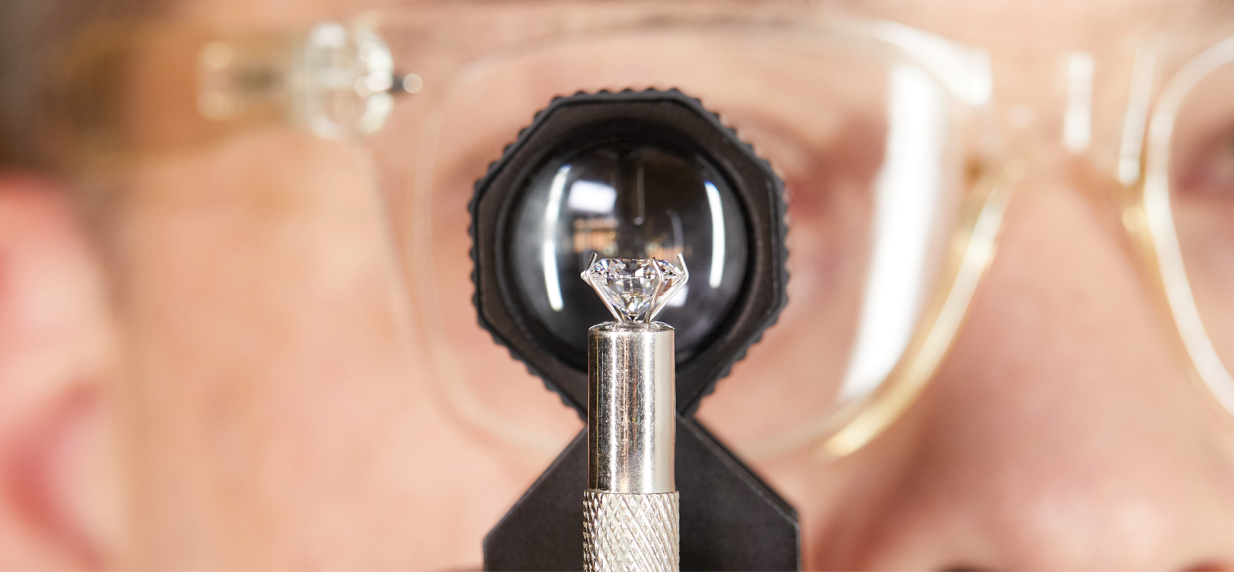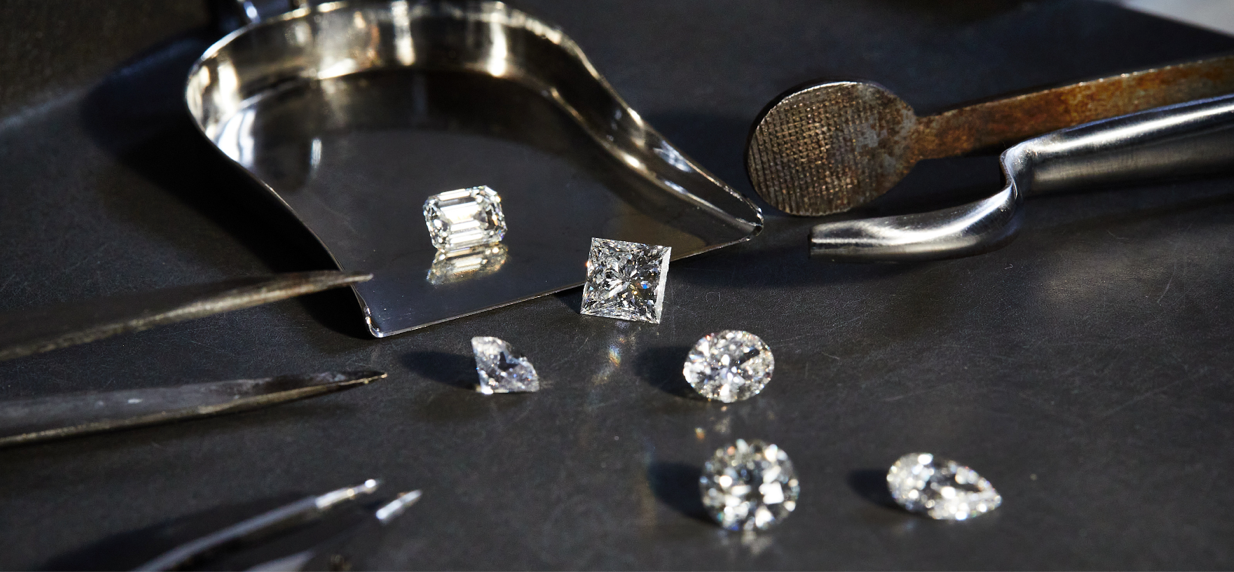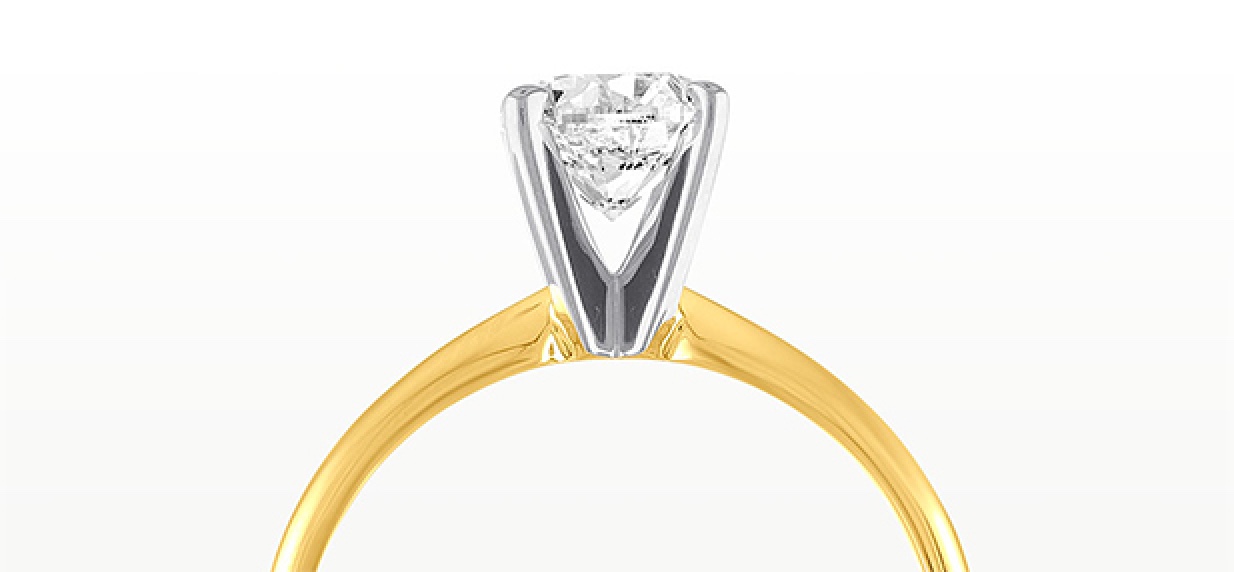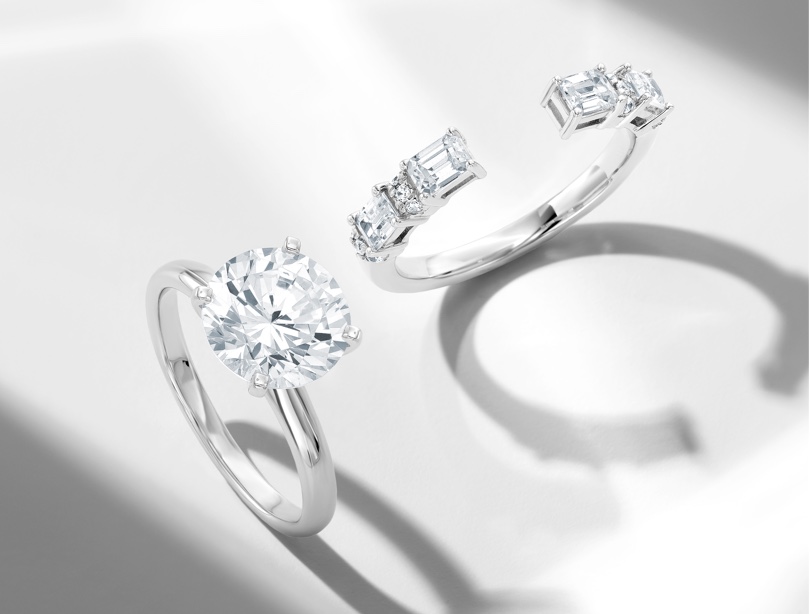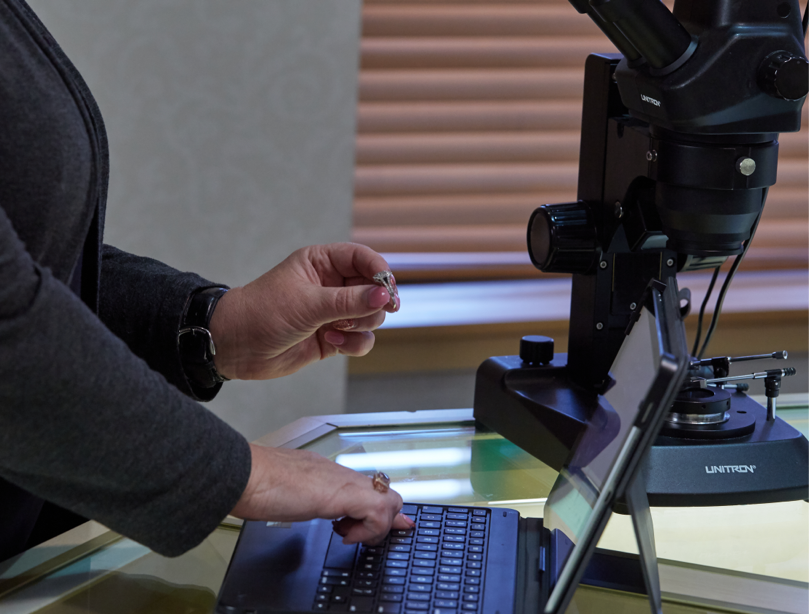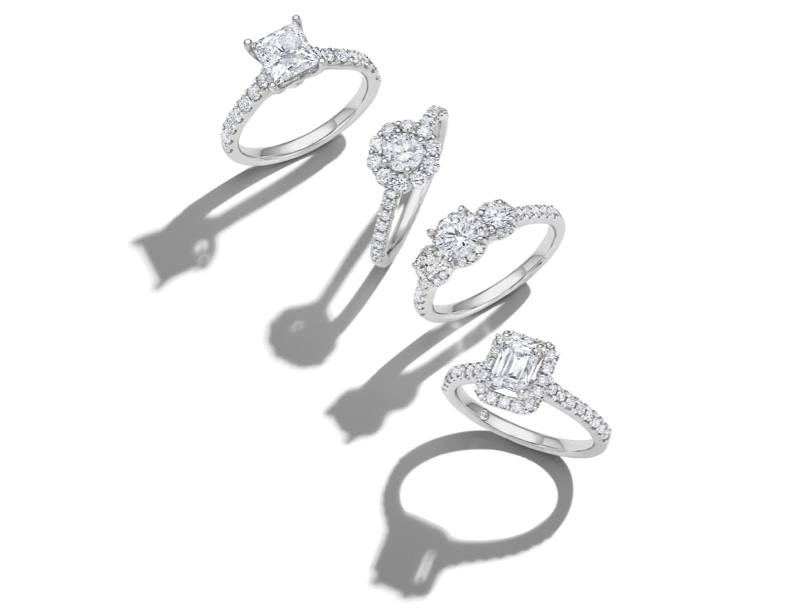Jewelry passed down through the generations holds special meaning. If you’ve been recently gifted with jewelry featuring precious stones, like diamonds, you may be wondering if your diamond jewelry has more to it than sentimental value. With plenty of convincing dupes from cubic zirconia to moissanite and white sapphires, authenticating a diamond takes a trained eye. Learn how professional appraisers examine down to the detail and how they tell if a diamond is real.
How Appraisers Authenticate Diamonds
Technique, training, and equipment—that’s what sets professional gem labs apart from at-home gem testing. Authenticating diamonds is no simple process—requiring careful comparisons, testing, and documentation. Gemologists consider all the information they collect, through multiple methods, in order to identify a gemstone. When it comes to diamonds, here’s just some of the ways gemologist identify and grade jewelry.
Is My Diamond Real? Here Are the Tools to Test It
Thermo-conductive Diamond Testers
Diamond testers are one method authenticators use to rule out convincing replicants. This device is designed to measure the distinctive way heat passes through a gemstone. While diamond testers don’t rule out all replicant gemstones, for example moissanite reads similarly to a diamond, it’s good for ruling out certain imposters like glass or cubic zirconia.
Loupe and Microscope Visual Inspections
Getting a close view of a gemstone reveals a lot about its makeup. Loupes, a small hand-held magnifying lens, and microscopes are commonly used by jewelers to evaluate gemstones. At a magnified view jewelers can look for inclusions, which are imperfections that only occur in natural gemstones, and thus distinguish manufactured gemstones from natural gemstones.
Spectroscopes Test Light and Color
A gemstone’s color and sparkle under light are key clues to a trained authenticator’s eye. Authenticators are trained to know the hallmark ways diamonds refract flashes of color and have a clear contrast between light and dark areas. To test for color, jewelers use a tool called a spectroscope to measure how much of the color spectrum is absorbed into a gem. Determining subtleties in color and reaction to light are advanced techniques that require the trained experience of a professional authenticator.
Is My Vintage Diamond Real? Authenticating Antique Diamond Jewelry
Antique jewelry requires its own special techniques for appraisal. That’s because appraisers are doing two jobs with diamond antique pieces—authenticating the gemstone and authenticating how old the piece is. A few key areas jewelers review when evaluating antique diamond jewelry include:
Diamond Cut
Today you can find a wide variety of diamond cuts and shapes. True antique jewelry (jewelry over 100 years old) and vintage jewelry (jewelry between 50 to 100 years old) select from a smaller set of cut styles. Popular antique diamond cuts include:
- Rose Cut
- Old Mine Cut
- Old European Cut
- Antique Cushion Cut
- Antique Asscher Cut
Diamond Girdle
Of the diamond 4Cs, this hint is all about the cut. The girdle of a diamond, the widest part of a cut diamond, give solid clues about what era a diamond is from. How? It all has to do with finish. Diamonds from the early 1900s are more likely to have frosted appearance on the girdle. More modern diamonds are typically polished and completely transparent.
Mounting and Setting
A close look at a diamond’s mounting and setting can say a lot about a piece’s age. Clues like inscriptions of birthdates or anniversaries can give an exact date for the jewelry's make. Authentic antique jewelry may also have a maker’s mark and stamp. Even if the mounting and setting is genuinely antique, that doesn’t guarantee the diamond is antique. That’s why appraising the piece and the gemstone is important.
Connect with a Certified Appraiser
Getting your diamond jewelry into expert hands is the most reliable way to test for authenticity. At Kay you can find appraisal services ready to help at all our locations. We specifically work with a 3rd party dedicated appraisal center, the Gemological Science International (GSI), to ensure an objective assessment of your jewelry pieces. During an appraisal, experts:
- Clean and inspect jewelry on upon arrival at the state-of-the-art GSI laboratory
- Provide detailed reporting and images, as well as the estimated replacement value
- Grant access to digital records of your appraisal through Virtual Vault
